
Life in the ‘deep freeze’!
Bowman CHP heat exchangers provide vital heating for the Halley VI Antarctic research station.
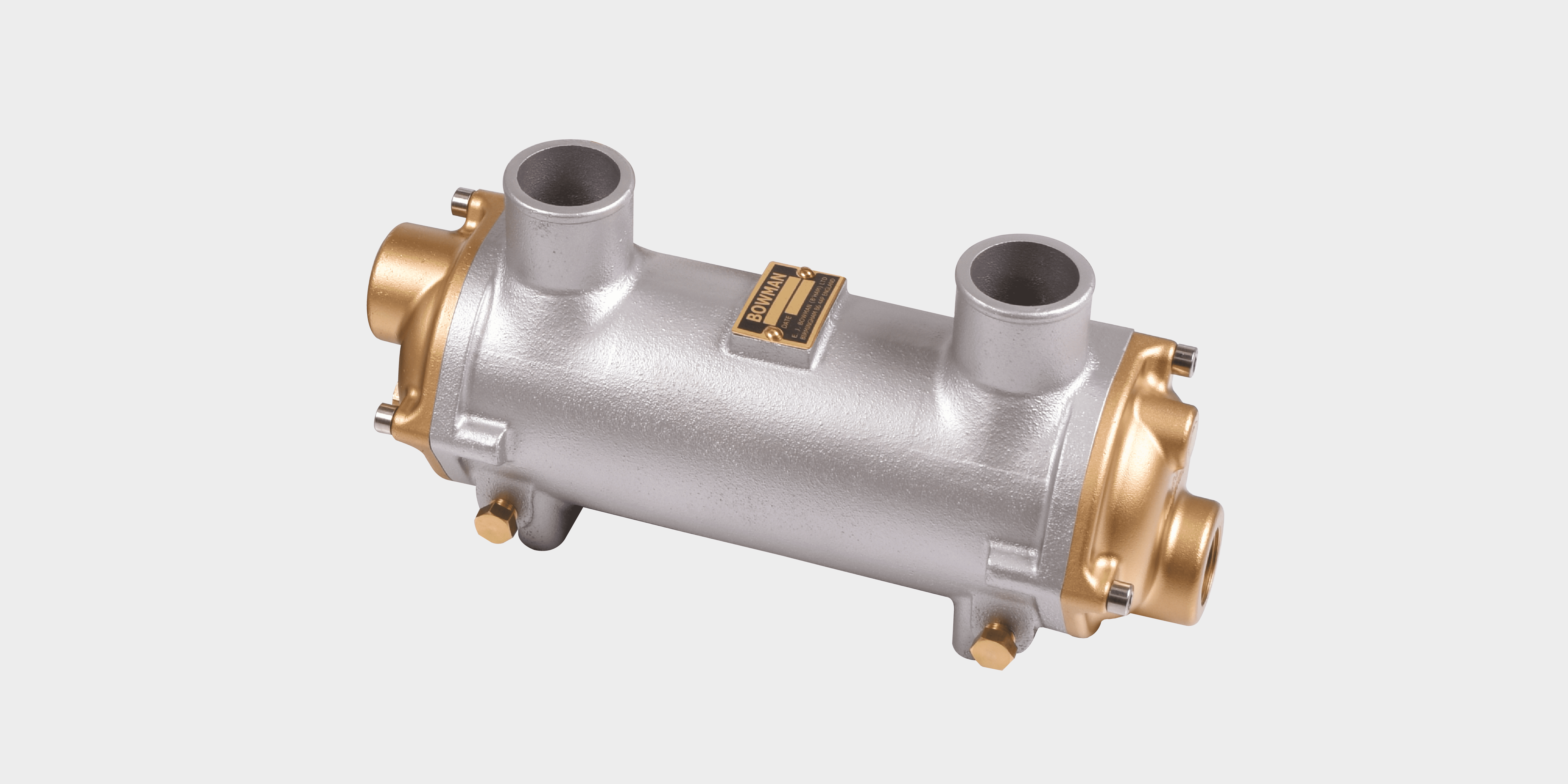
Used to cool the hot, compressed air from the turbo before it reaches the engine, the intercoolers improve engine efficiency and reduce emissions for marine and land-based stationary engines.
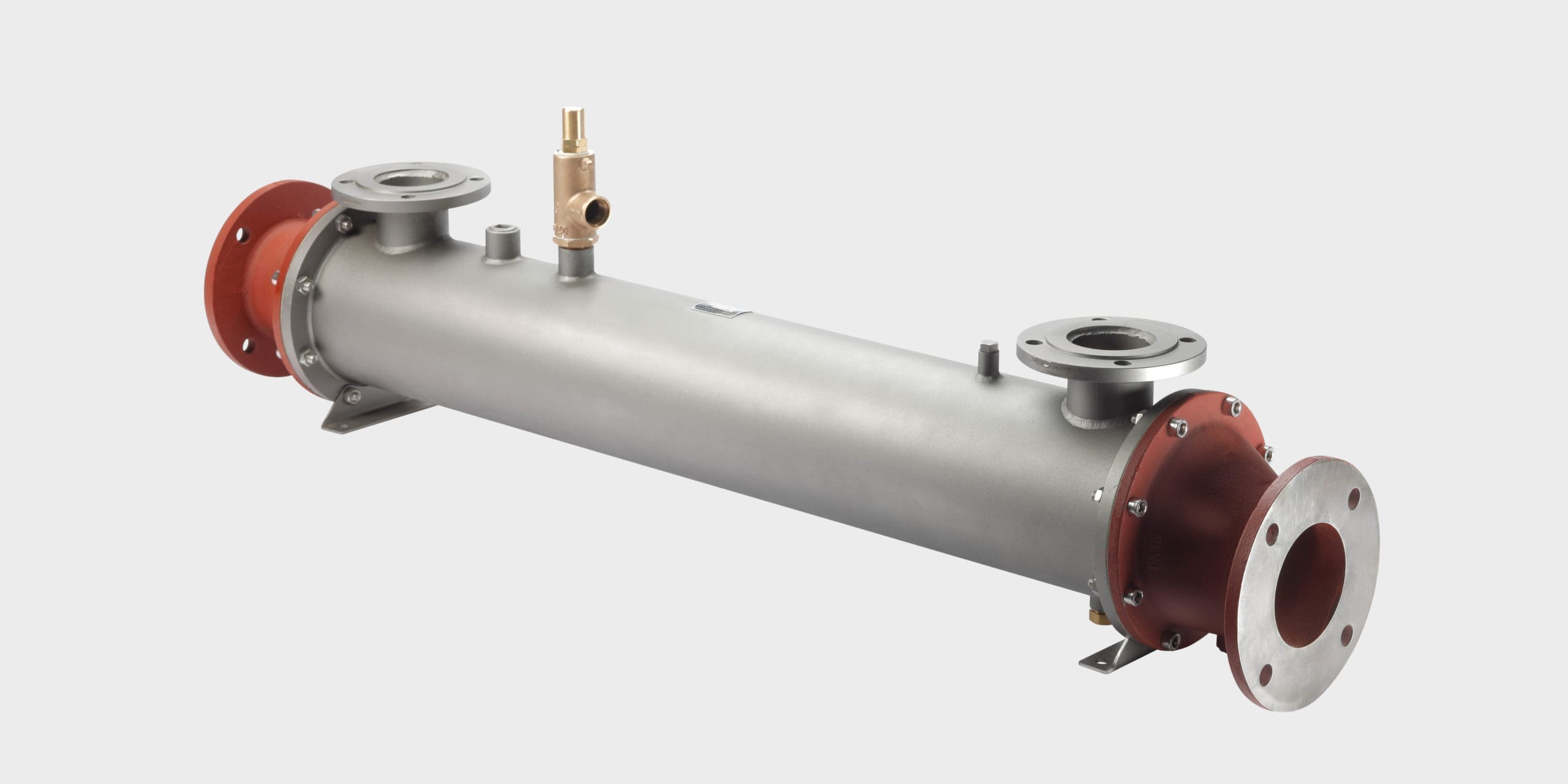
Exhaust gas heat exchangers are designed to recover waste heat energy from the exhaust stream of reciprocating engine powered generating sets.
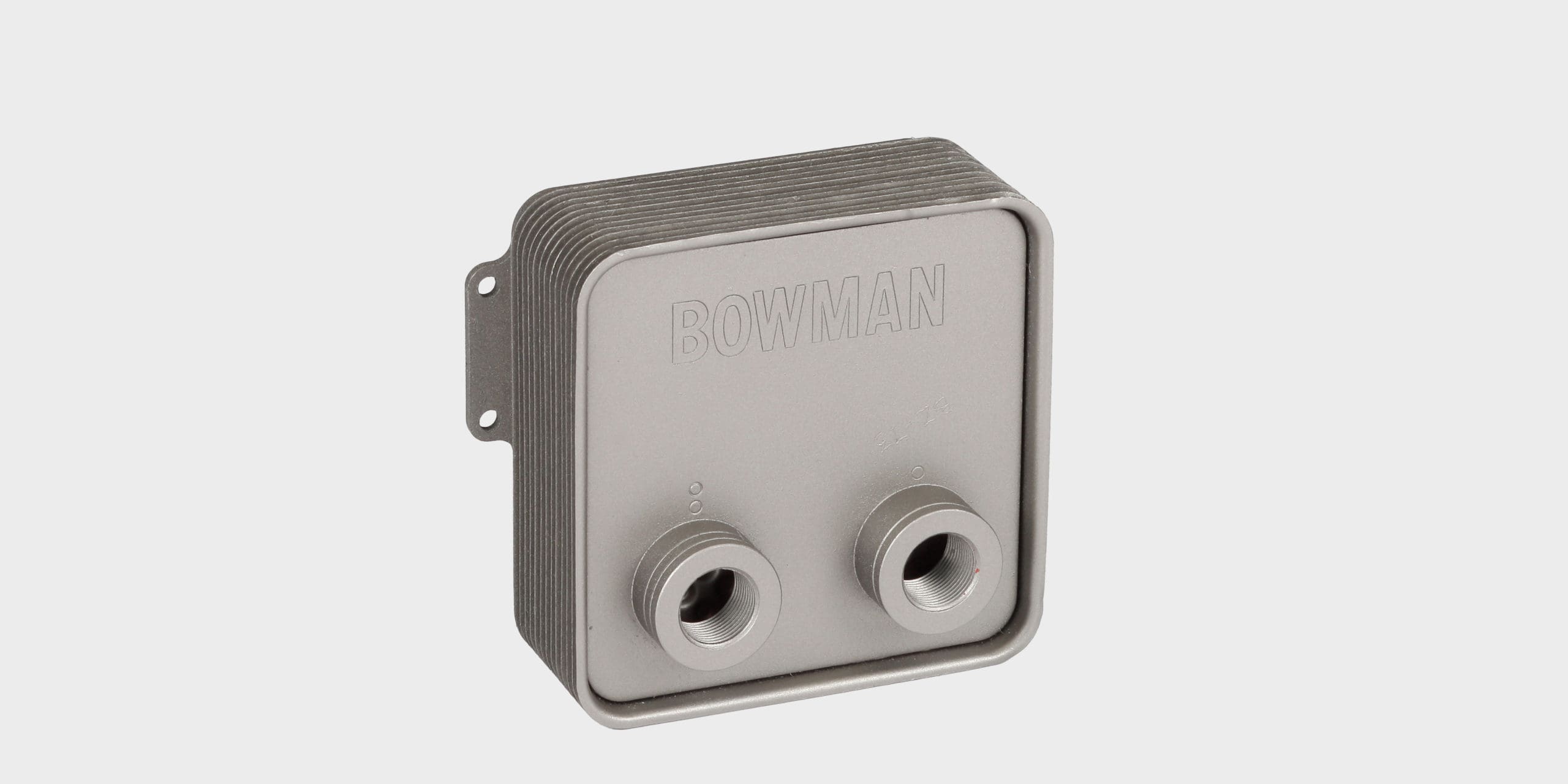
Bowman 'copper free' fuel coolers are compact, highly efficient heat exchangers suitable for fuel conditioning rigs in the automotive testing industry.
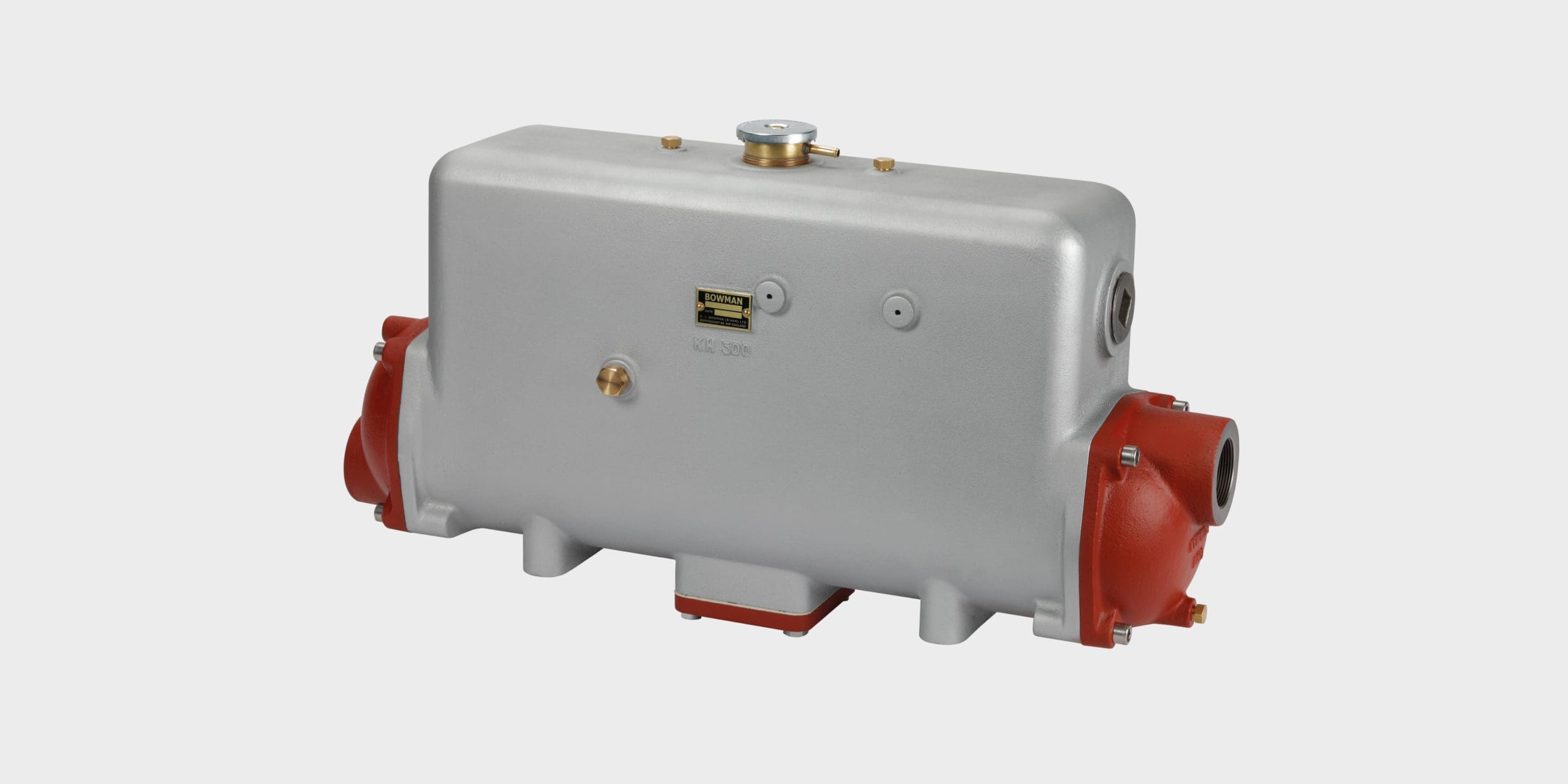
Engine coolant header tank heat exchangers for marine propulsion, gensets or stationary land-based engines.

Bowman EC 80-5113-1T heat exchangers provide a new solution for heating spas and hot tubs in just a fraction of the time taken by traditional electric heaters.
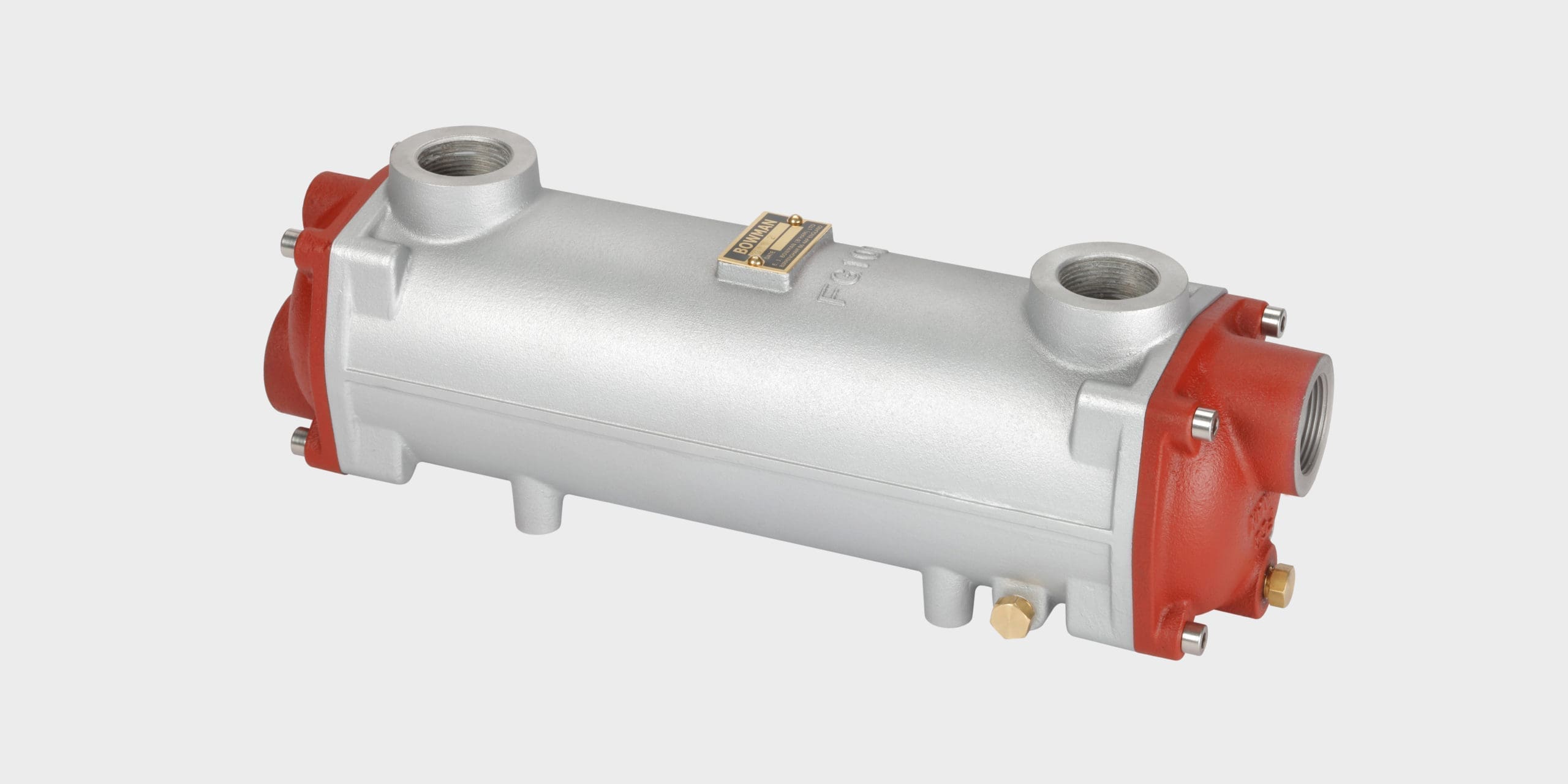
Highly efficient heat transfer solutions for cooling marine, land-based and underground hydraulic systems.

Bowman inline plate heat exchangers are a compact, economical solution for high efficiency heat transfer.

Bespoke cooling solutions for a range of popular marine engines from major OEMs, including coolant heat exchangers, charge air coolers, plus combined heat exchangers and exhaust manifolds, suitable for cooling marine engines up to 1 MW.
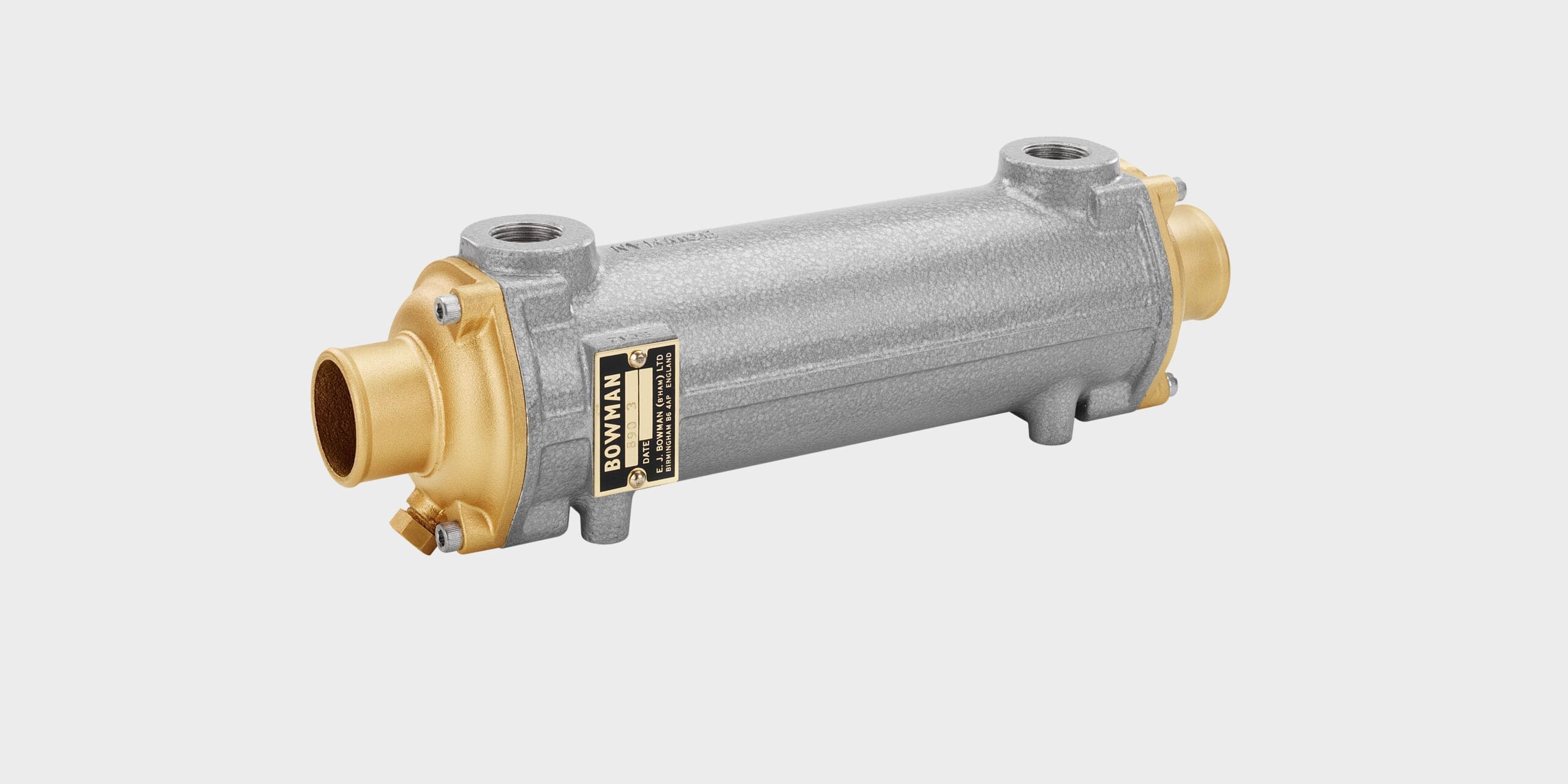
Bowman has a range of highly efficient oil coolers designed for marine and industrial engines and transmissions.

Efficient heat exchangers for cooling electric marine motors, hydrogen fuel cells, battery packs, chargers, AC-DC converters, DC-DC converters, inverters and associated equipment for electric and hybrid marine propulsion and charging systems.
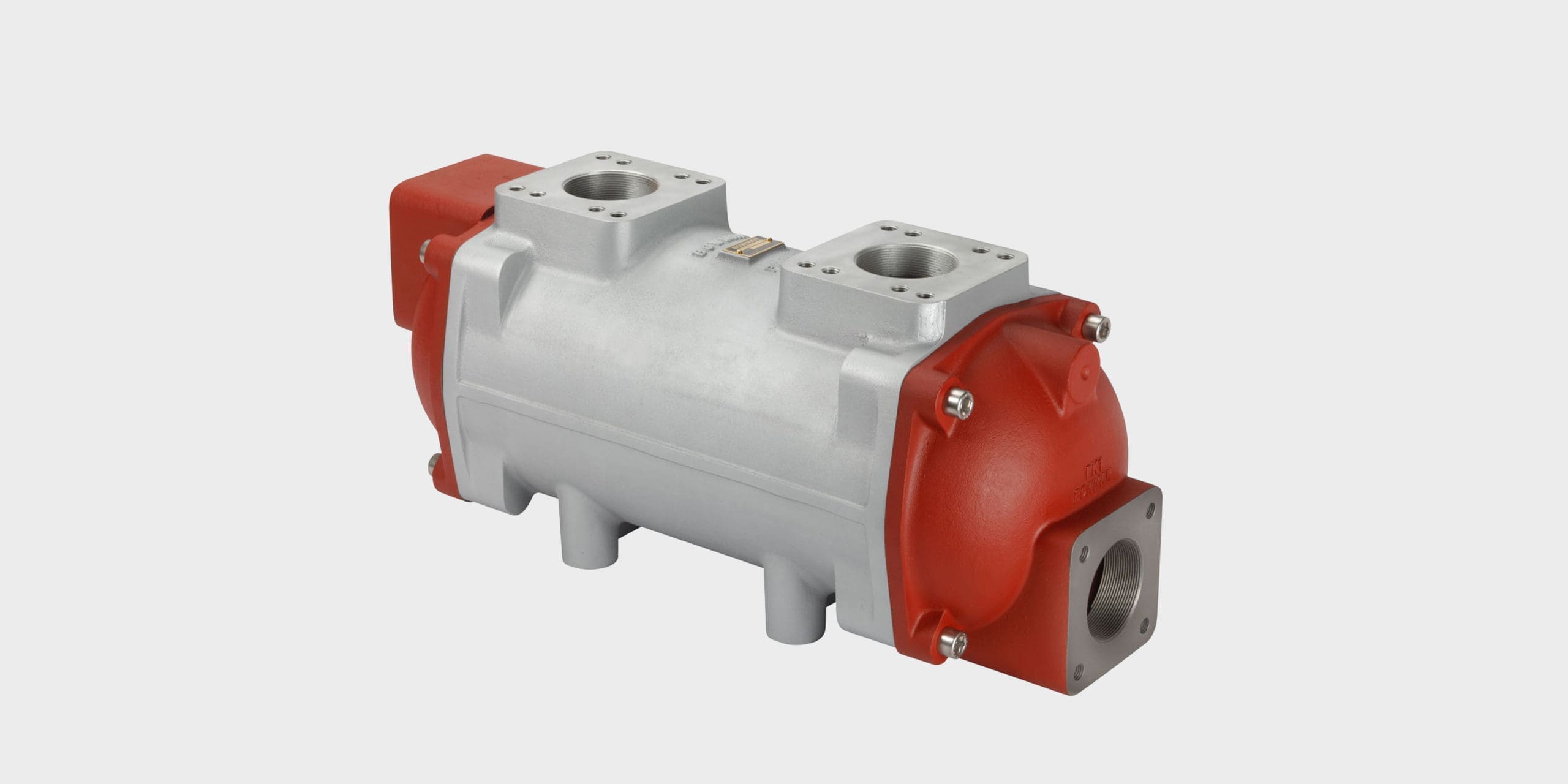
Highly efficient heat transfer solutions for cooling a variety of applications where air and fluids need to be cooled by fluids.
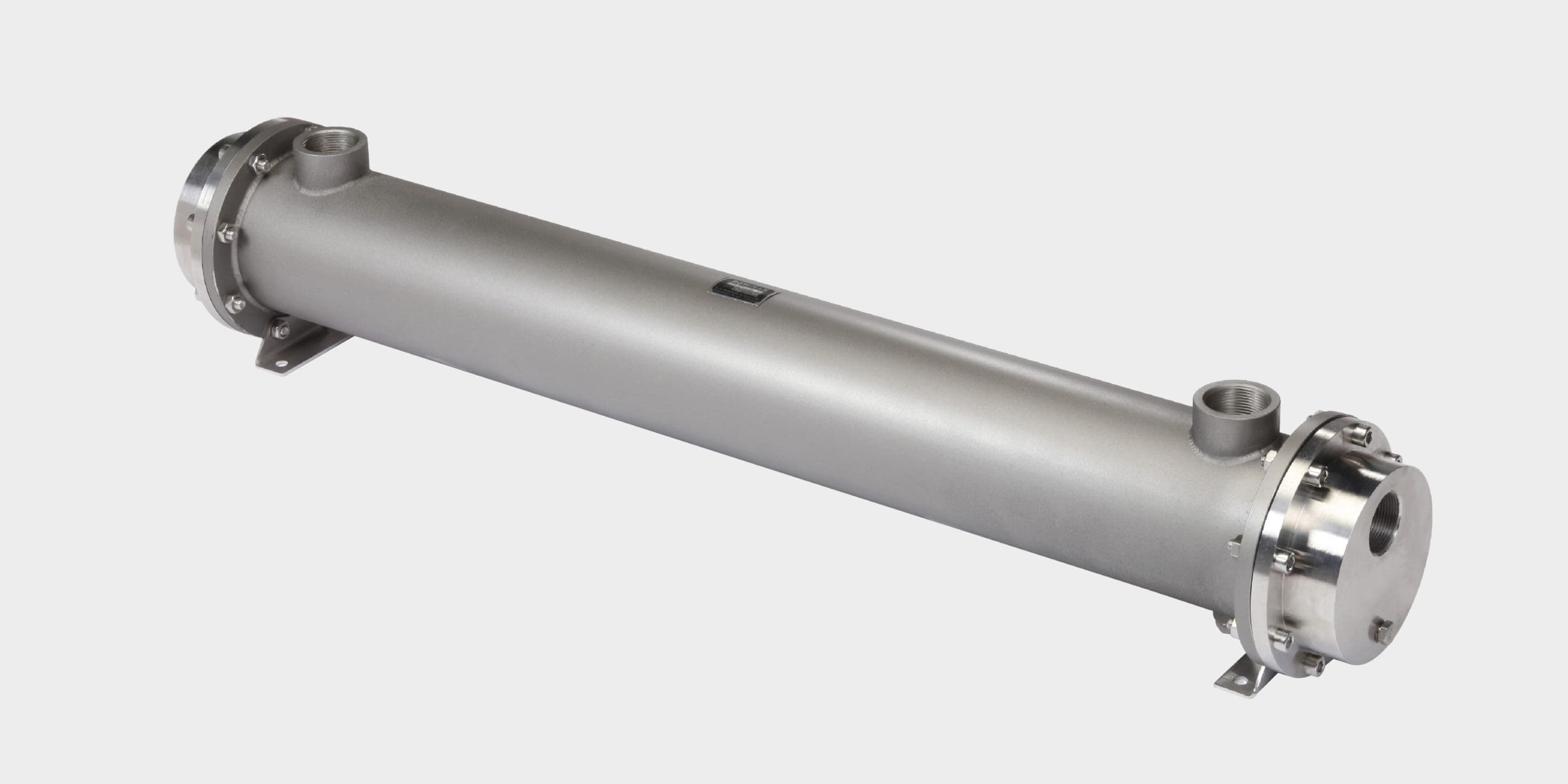
Many applications require stainless steel shell and tube heat exchangers and Bowman provide a standard range of units that are suitable for cooling or heating a variety of fluids.
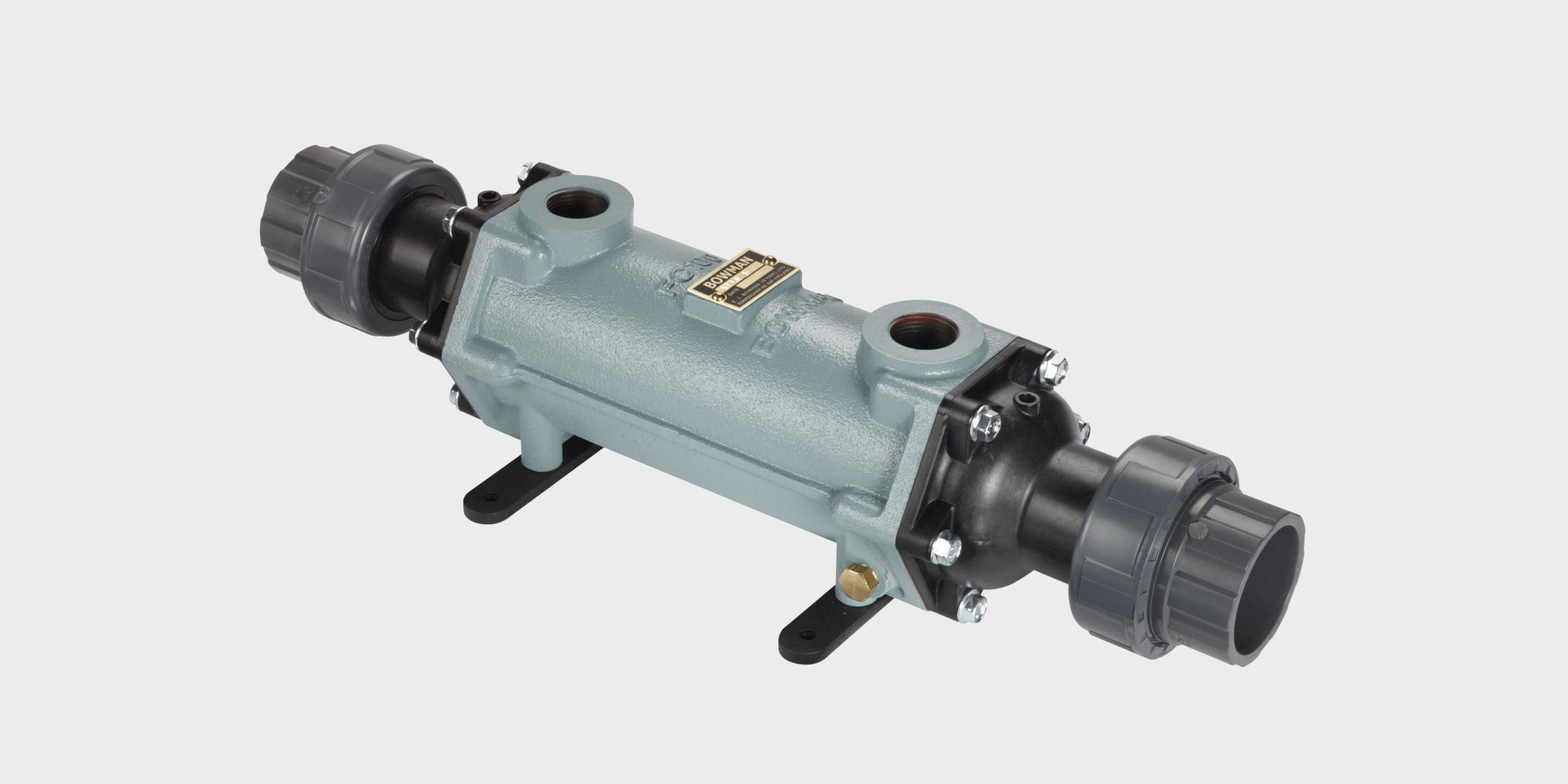
Bowman swimming pool heat exchangers are renowned for reliability and efficiency. Whether heating your pool with a traditional boiler or a renewable energy source, Bowman is the obvious choice.

Premium quality heat exchangers and oil coolers for precise temperature control of engines under test cell development conditions.

Recovering waste heat energy from engine powered generating sets for biogas, diesel and natural gas applications up to 1 MW.
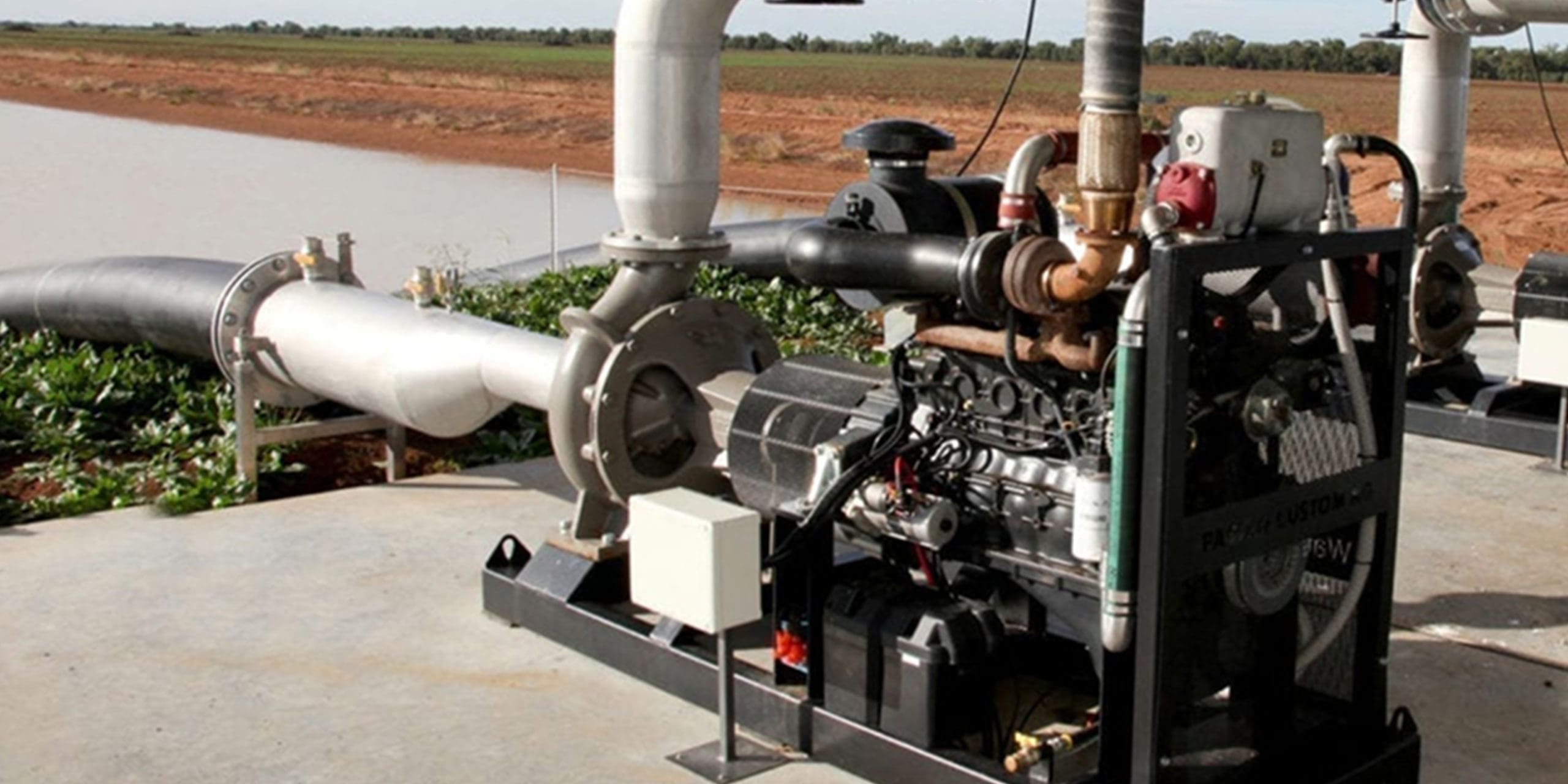
Efficient cooling for stationary / land-based engines where air cooling is either unavailable or inappropriate.
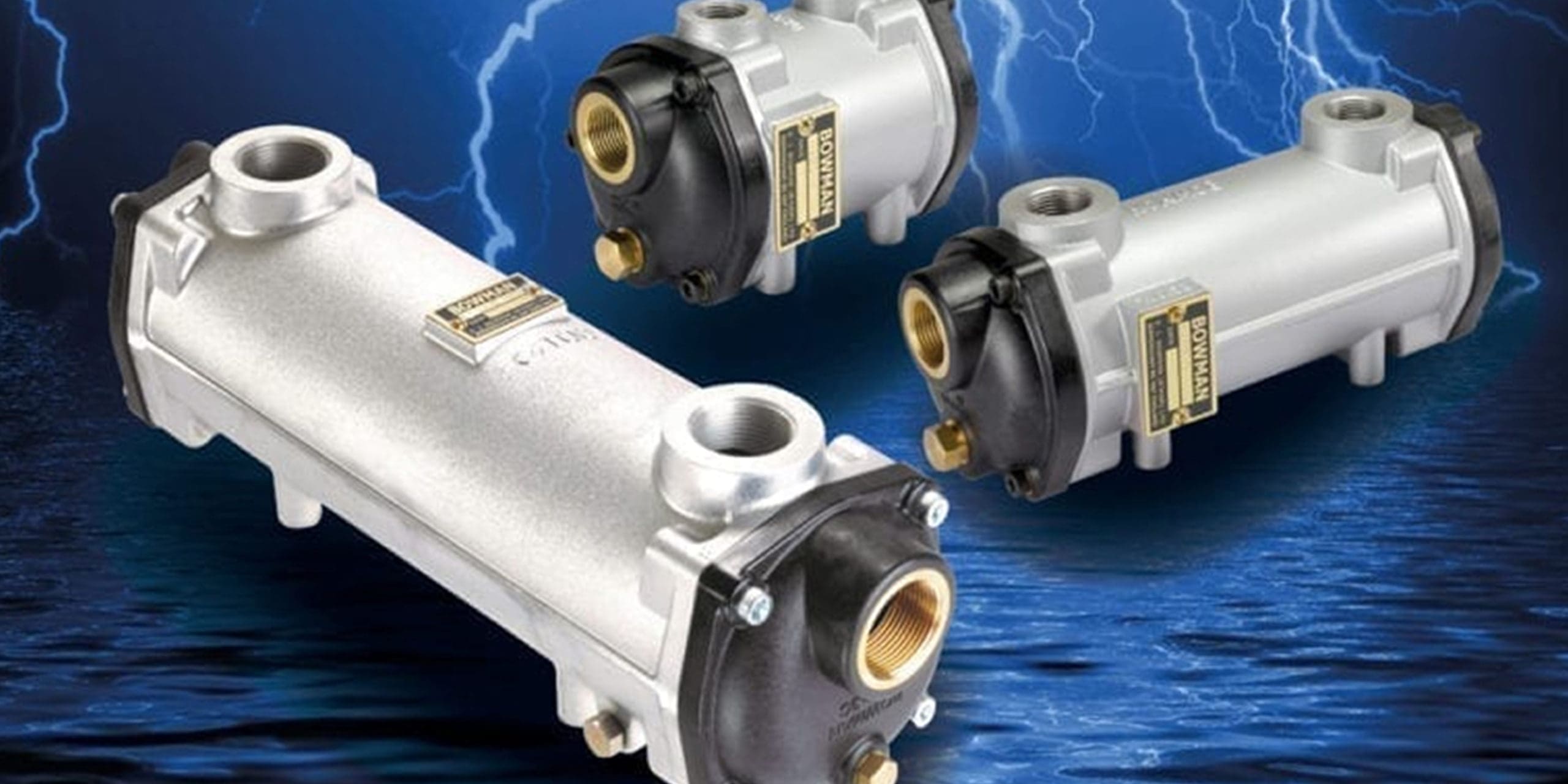
The reliable solution for cooling Electric & Hybrid Marine Propulsion Systems.
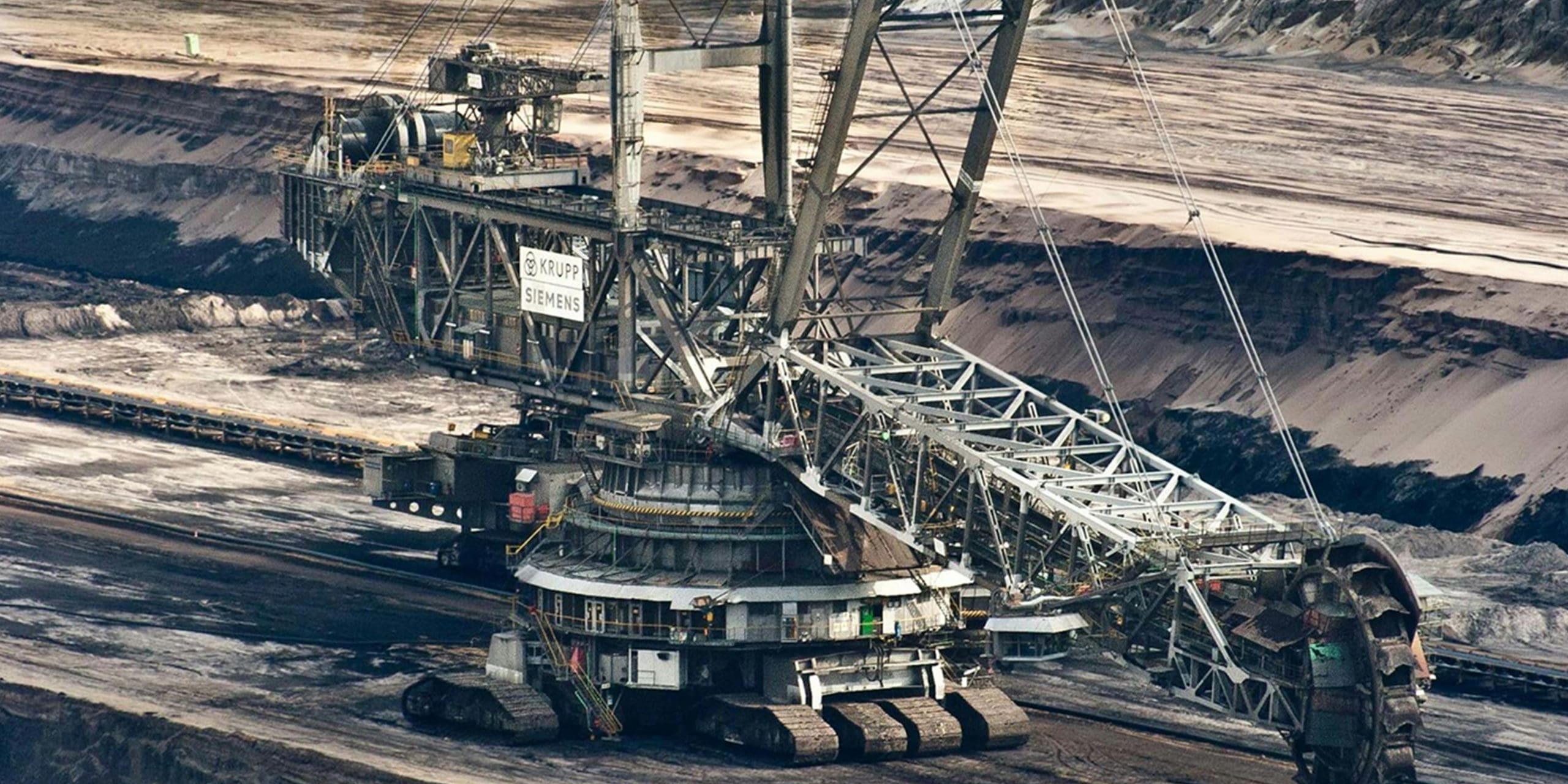
A comprehensive oil cooling solution for industrial hydraulic control systems, plus high temperature and mining applications.
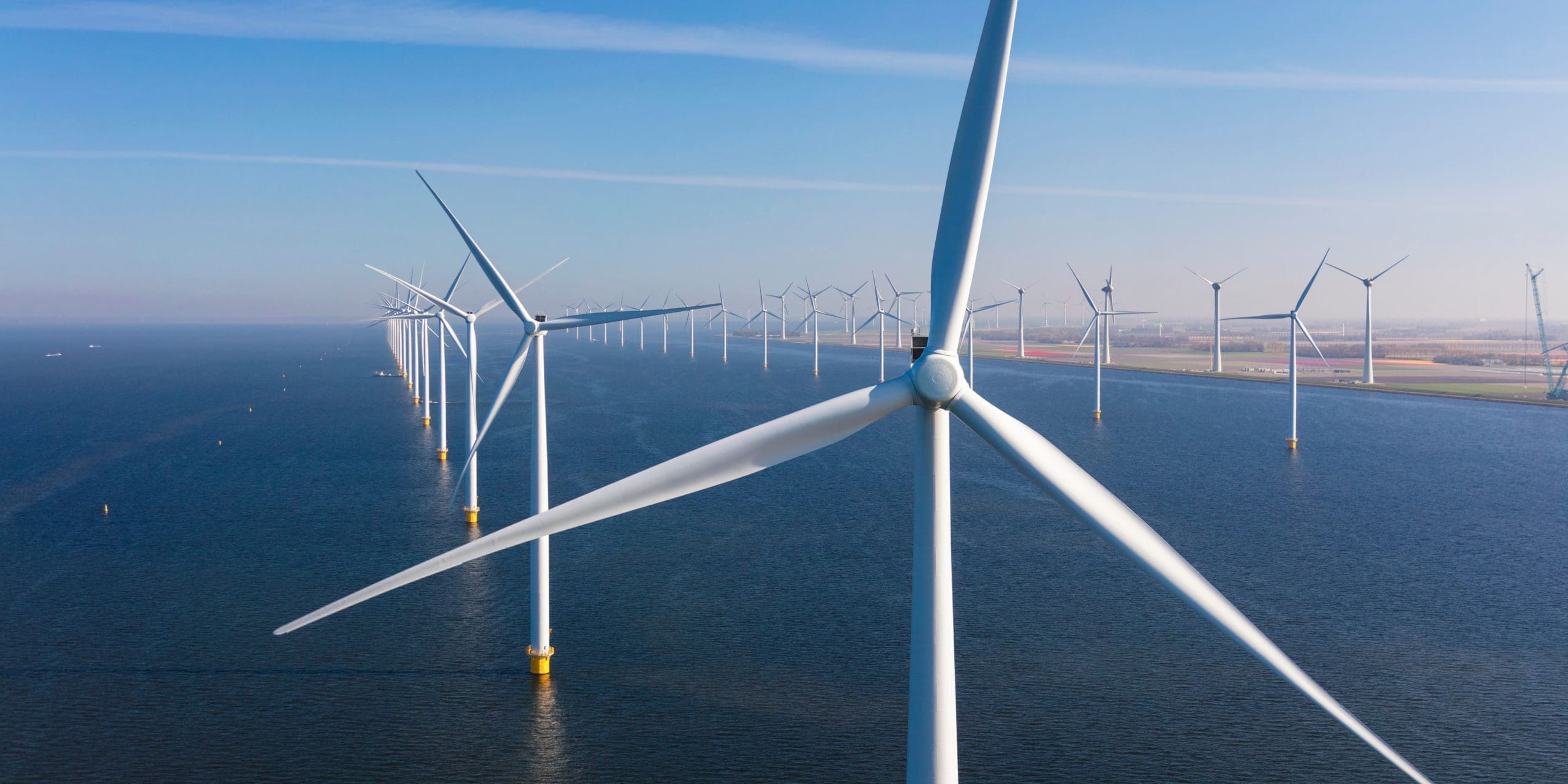
A complete solution for cooling complex on-board hydraulic equipment, including thruster and stabiliser systems.
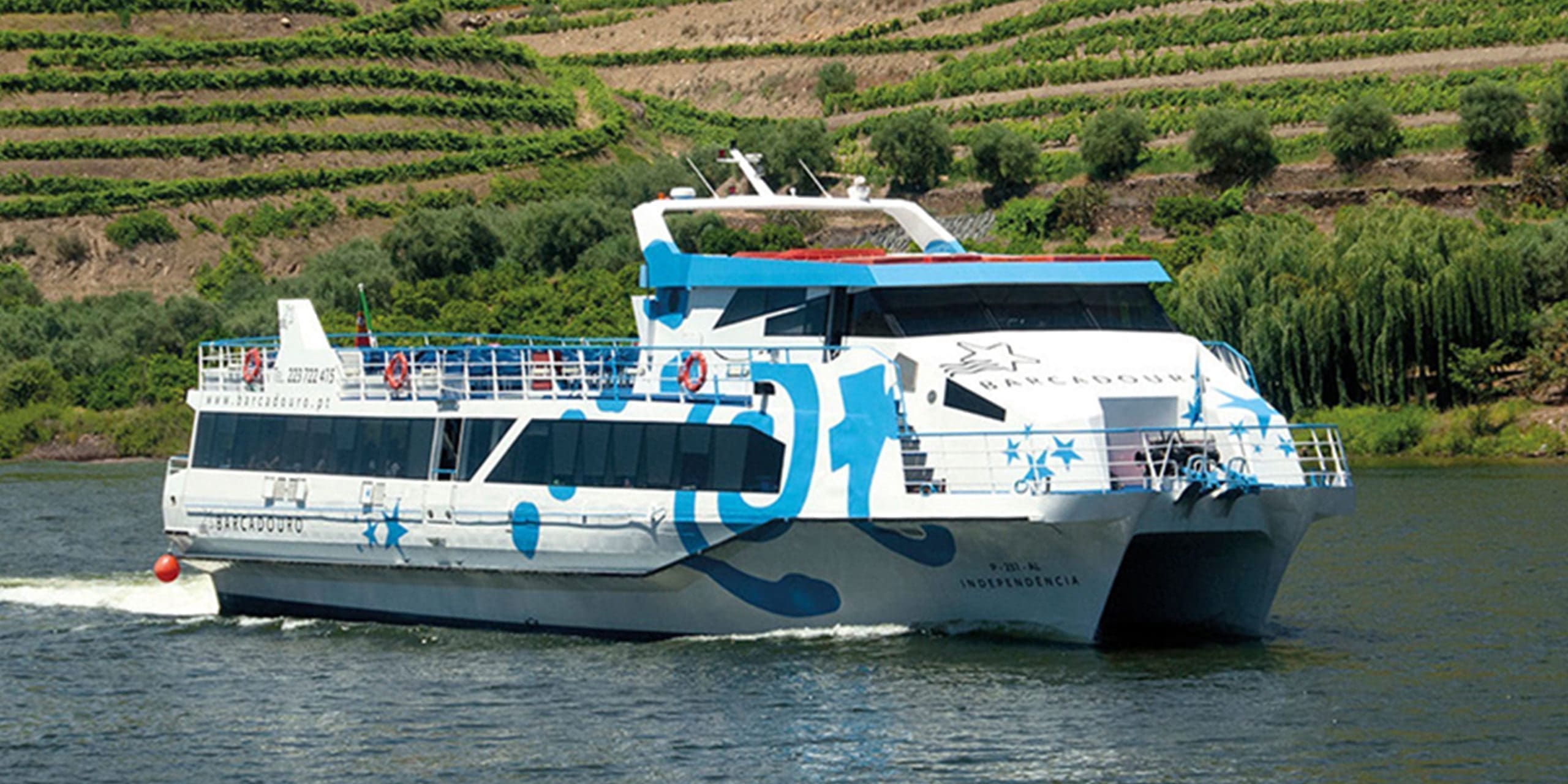
The complete cooling solution for marine engine propulsion, including the latest electric and hybrid systems.
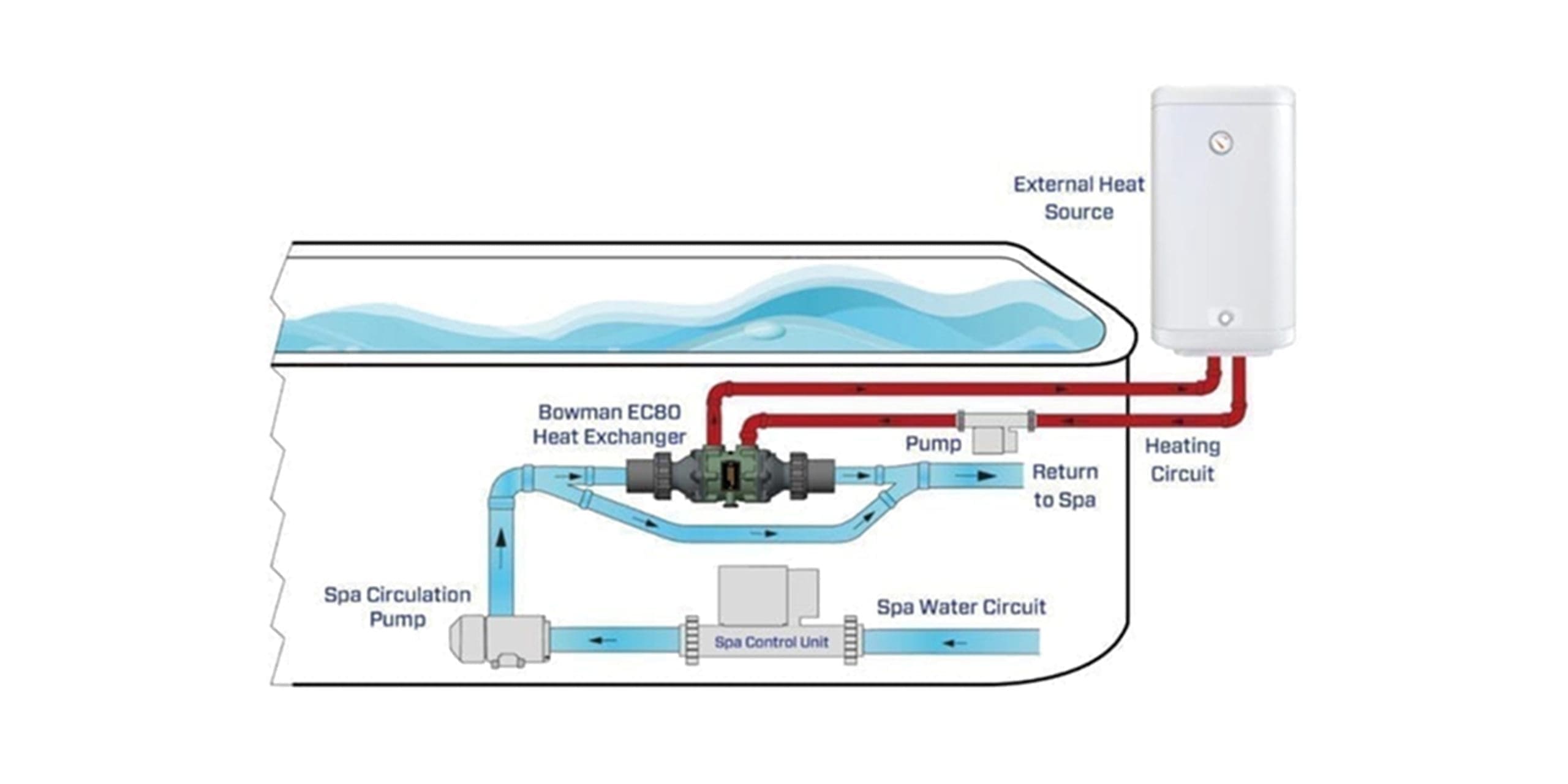
An energy efficient solution for heating hot tubs and swim spas faster, significantly reducing heat-up time for guest change-over periods.

Quality heat exchangers for efficient swimming pool heating, using boiler or renewable energy heat sources.

Why heat exchangers are vital to the performance and durability of marine electric propulsion systems
Whilst electrical propulsion systems are generally more tolerant of temperature increases, compared to traditional combustion engines, there is an important area where higher temperatures can have a detrimental effect on the performance of the components within a drivetrain.
Tests undertaken by leading manufacturers show that in order to maintain performance and extend the operating life of drivetrain components, temperatures must be kept as low as possible.
A universal principle of electronics says: 10 °C lower temperature will double the life expectancy of electrical components and that is certainly true for electric marine propulsion systems.
However, whilst component lifecycle is of significant importance, there is another issue to consider, which is that in many electric propulsion systems, sophisticated sensor-based controls are used to monitor its health and performance. If the water temperature within the cooling circuit rises beyond specified levels, this will be identified by the sensors and power to the drive train reduced to protect the system components. For users, the implications of this switch into ‘limp mode’ could range from simply frustrating, to the downright dangerous, depending on water and weather conditions.
An example of how one company is overcoming this problem is by designing the cooling circuit of their 100 kW drivetrain to operate at a maximum temperature of 60 °C, based on a maximum cooling water intake temperature of 35 °C and by using Bowman heat exchangers to ensure consistent and accurate cooling of all components.
The rapid development and growth of higher powered (60 kW plus) drivetrains has also created the need for more efficient component cooling circuits to manage the heat loads generated and companies are now designing this in to their ranges.
Primary cooling requirements for these systems include the battery pack and on-board charger (where fitted), AC-DC converter, DC-DC converter, plus the electric drive motor itself.
For over 60 years Bowman has worked with the marine industry to provide highly efficient heat exchangers for cooling engine jacket water, engine lubrication systems, turbo intercoolers and transmissions. Bowman’s shell and tube heat exchangers are renowned for their excellent heat transfer performance and long-life reliability, especially with challenging cooling media such as sea water.
Now, as the industry moves towards a new era of eco-friendly propulsion, Bowman is again at the forefront of cooling technology and working with both electric and hybrid motive power system manufacturers to provide the levels of system cooling required for their equipment.
For further information:
E: [email protected]
Why heat exchangers are vital to the performance and durability of marine electric propulsion systems
Whilst electrical propulsion systems are generally more tolerant of temperature increases, compared to traditional combustion engines, there is an important area where higher temperatures can have a detrimental effect on the performance of the components within a drivetrain.
Tests undertaken by leading manufacturers show that in order to maintain performance and extend the operating life of drivetrain components, temperatures must be kept as low as possible.
A universal principle of electronics says: 10 °C lower temperature will double the life expectancy of electrical components and that is certainly true for electric marine propulsion systems.
However, whilst component lifecycle is of significant importance, there is another issue to consider, which is that in many electric propulsion systems, sophisticated sensor-based controls are used to monitor its health and performance. If the water temperature within the cooling circuit rises beyond specified levels, this will be identified by the sensors and power to the drive train reduced to protect the system components. For users, the implications of this switch into ‘limp mode’ could range from simply frustrating, to the downright dangerous, depending on water and weather conditions.
An example of how one company is overcoming this problem is by designing the cooling circuit of their 100 kW drivetrain to operate at a maximum temperature of 60 °C, based on a maximum cooling water intake temperature of 35 °C and by using Bowman heat exchangers to ensure consistent and accurate cooling of all components.
The rapid development and growth of higher powered (60 kW plus) drivetrains has also created the need for more efficient component cooling circuits to manage the heat loads generated and companies are now designing this in to their ranges.
Primary cooling requirements for these systems include the battery pack and on-board charger (where fitted), AC-DC converter, DC-DC converter, plus the electric drive motor itself.
For over 60 years Bowman has worked with the marine industry to provide highly efficient heat exchangers for cooling engine jacket water, engine lubrication systems, turbo intercoolers and transmissions. Bowman’s shell and tube heat exchangers are renowned for their excellent heat transfer performance and long-life reliability, especially with challenging cooling media such as sea water.
Now, as the industry moves towards a new era of eco-friendly propulsion, Bowman is again at the forefront of cooling technology and working with both electric and hybrid motive power system manufacturers to provide the levels of system cooling required for their equipment.
For further information:
E: [email protected]
More News from EJ Bowman

Bowman CHP heat exchangers provide vital heating for the Halley VI Antarctic research station.

If you can’t stand the heat – get a Bowman heat exchanger! How Bowman heat exchangers have solved a major cooling headache for a Portuguese river cruising company.

Bowman heat exchangers are delivering 21st century reliability and efficiency to an historic open air pool complex in South Wales.

A new ‘closed loop’ grain drying system, using Bowman heat exchangers has significantly reduced energy costs and improved efficiency in Finland.

Bowman CHP heat exchangers provide vital heating for the Halley VI Antarctic research station.

If you can’t stand the heat – get a Bowman heat exchanger! How Bowman heat exchangers have solved a major cooling headache for a Portuguese river cruising company.

Bowman heat exchangers are delivering 21st century reliability and efficiency to an historic open air pool complex in South Wales.

A new ‘closed loop’ grain drying system, using Bowman heat exchangers has significantly reduced energy costs and improved efficiency in Finland.